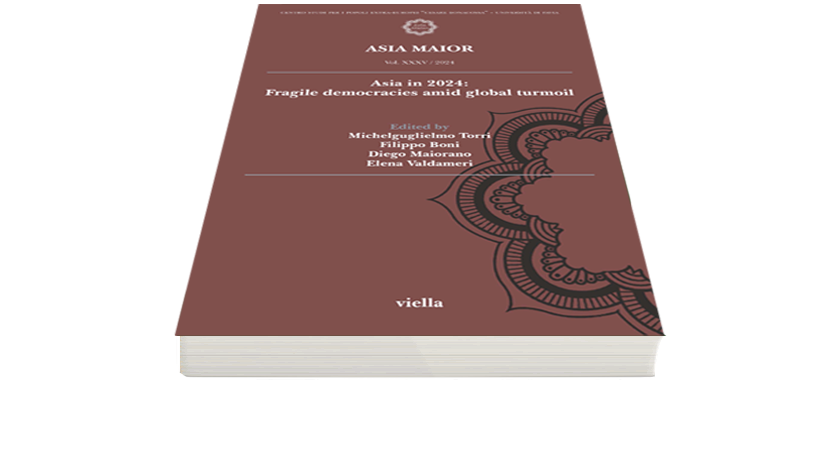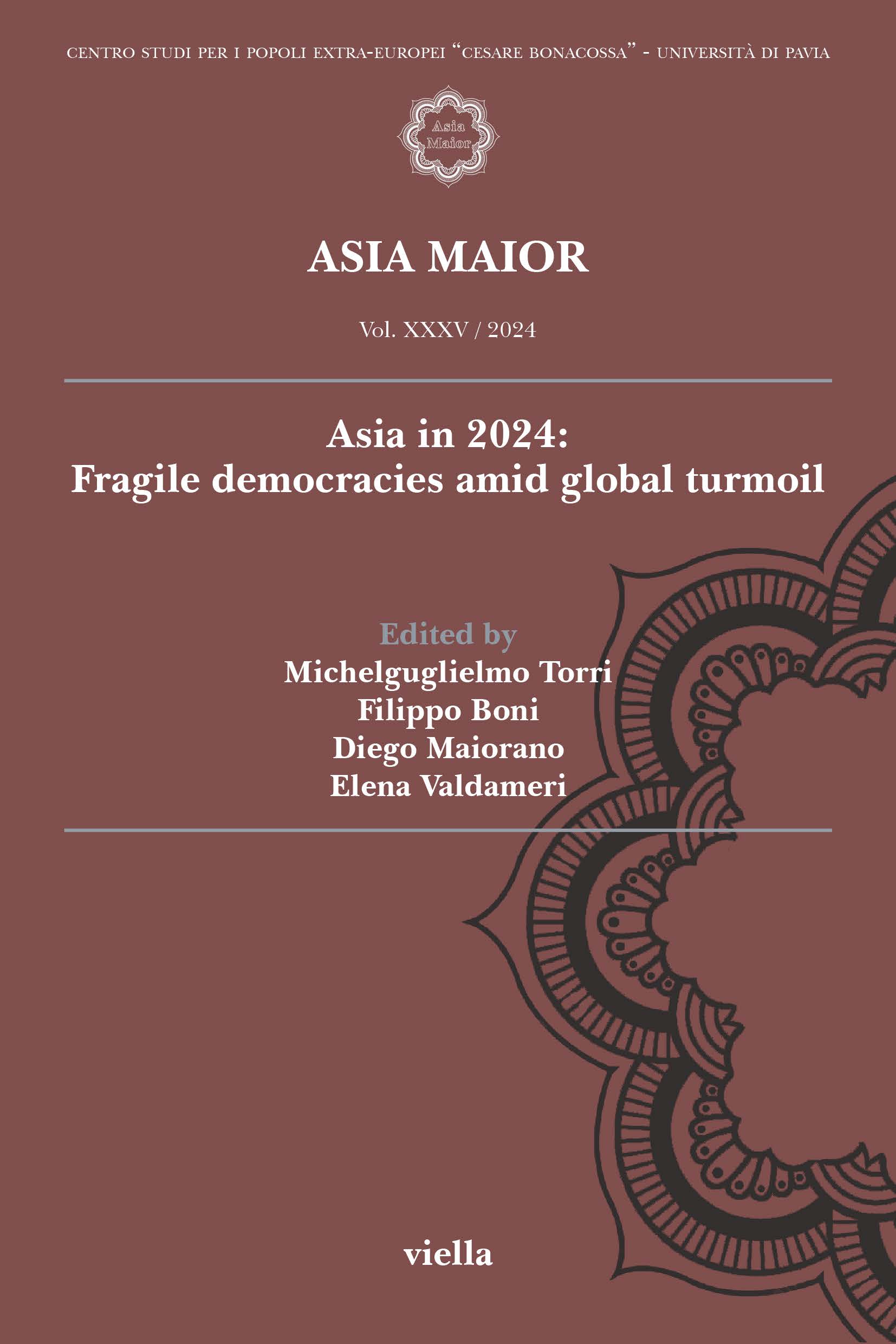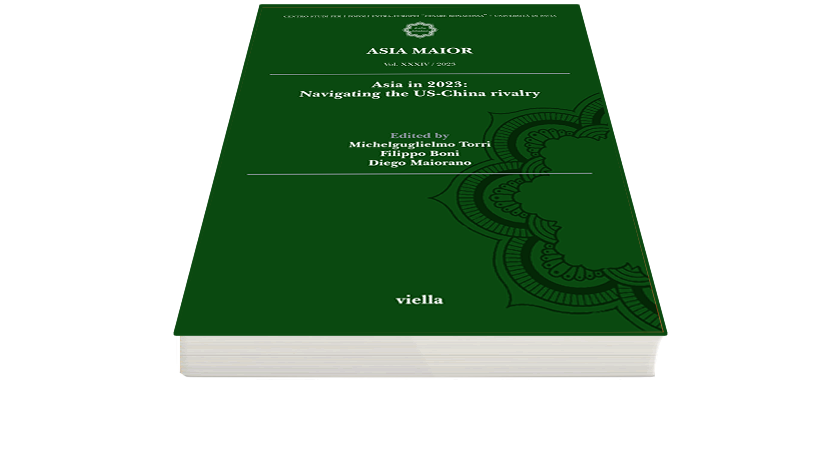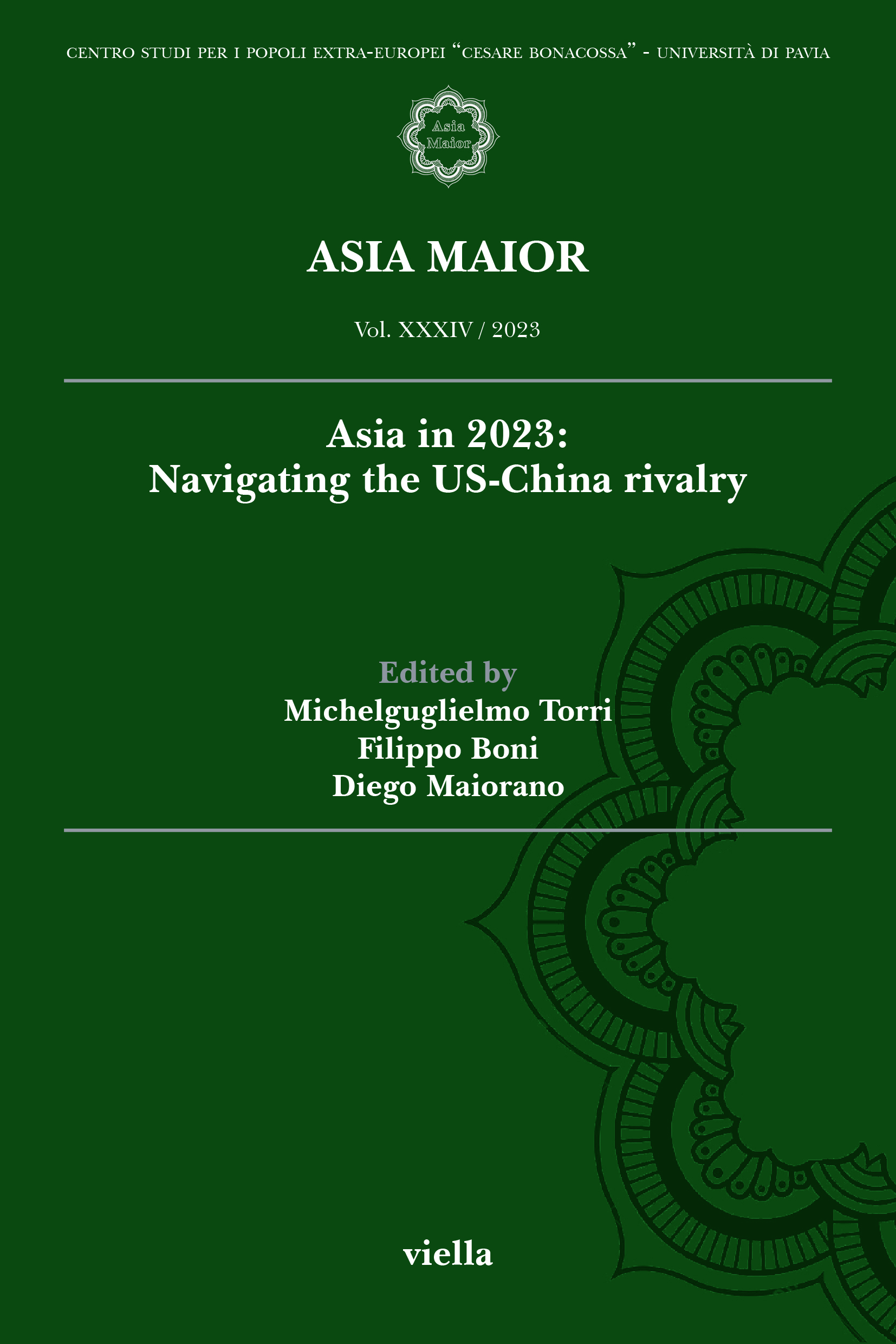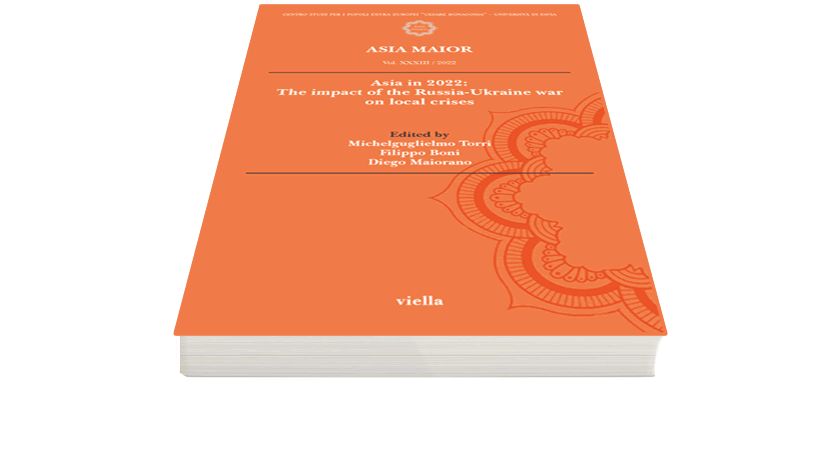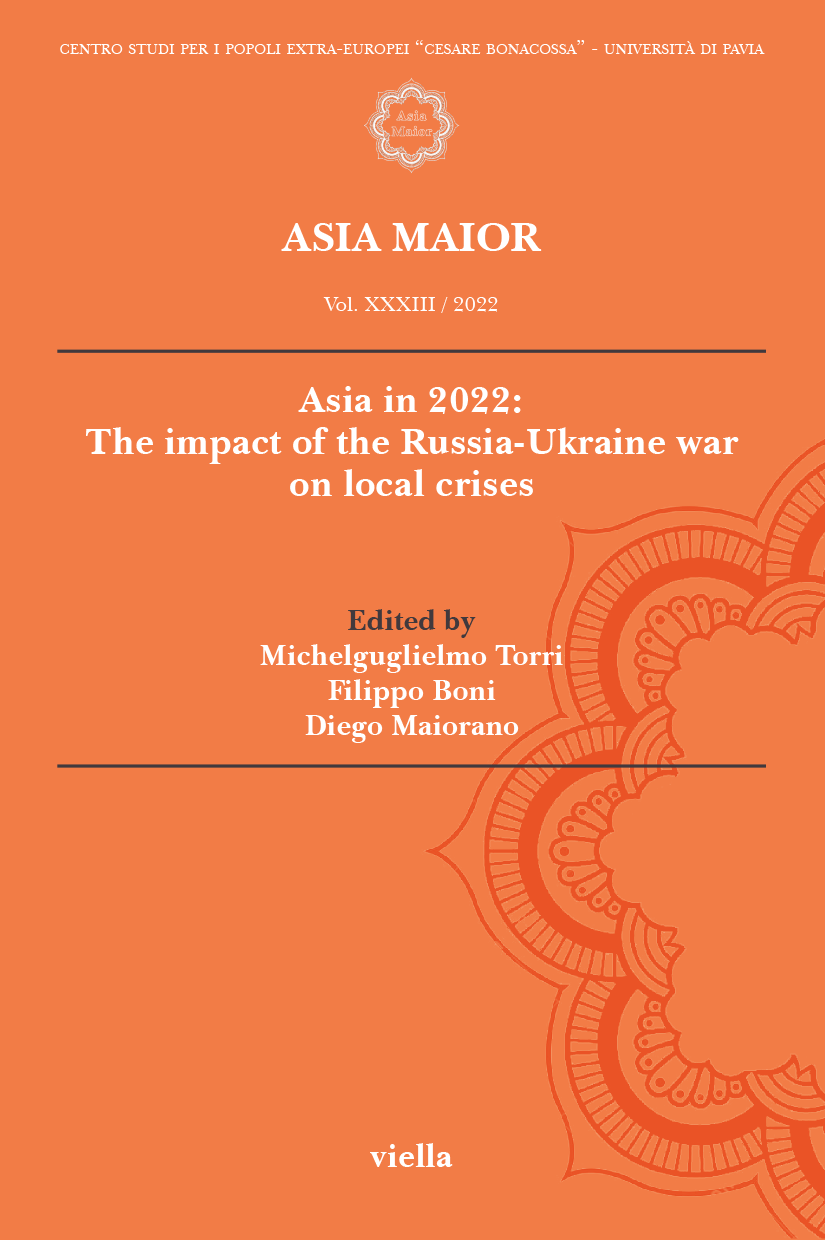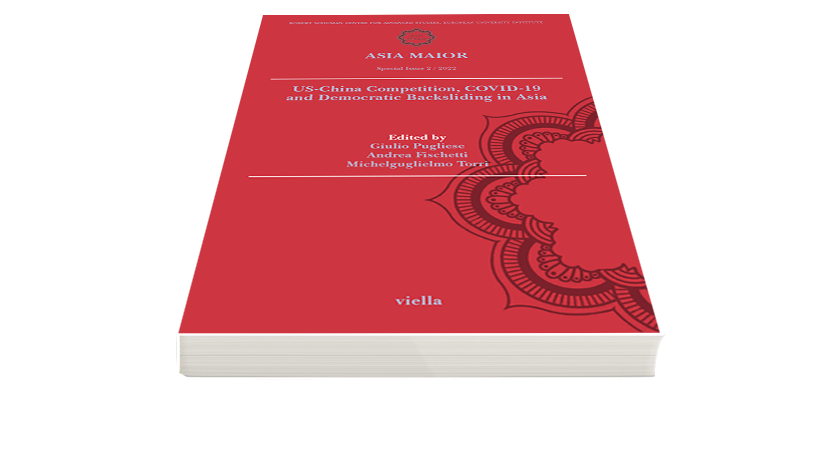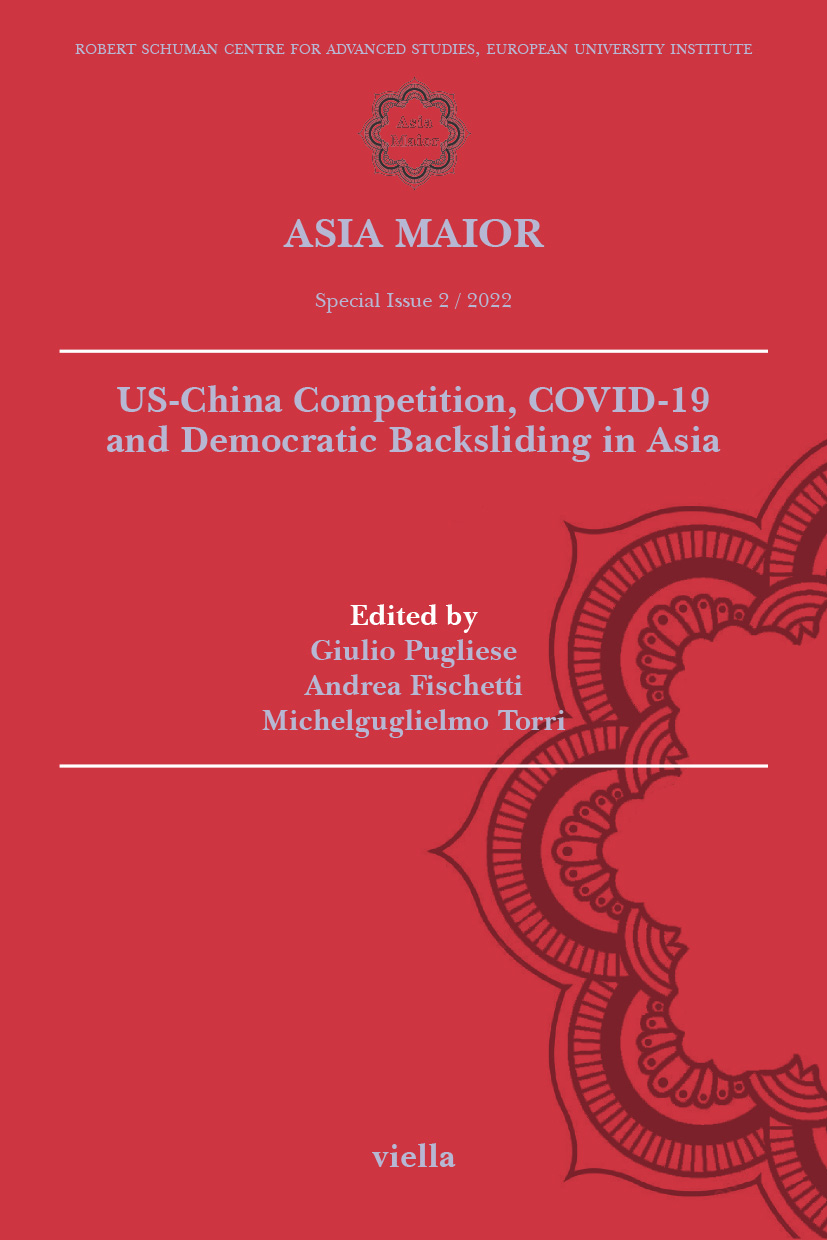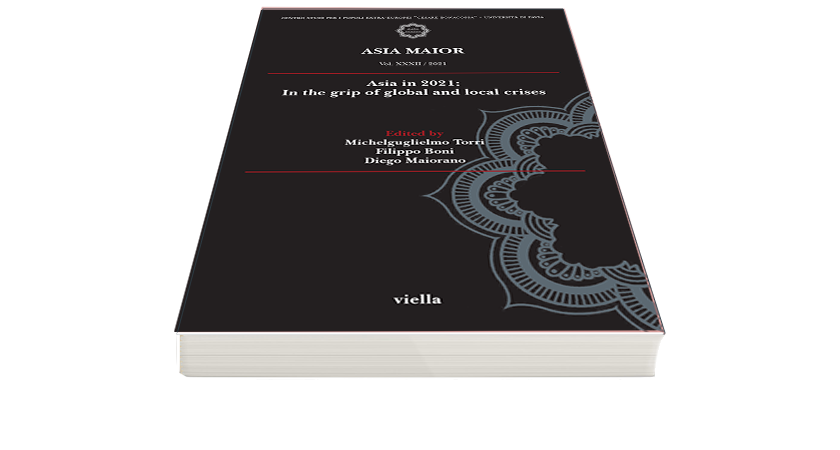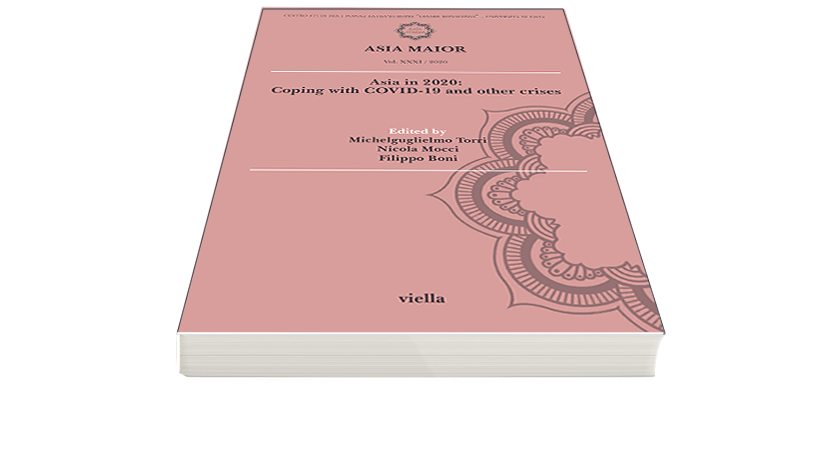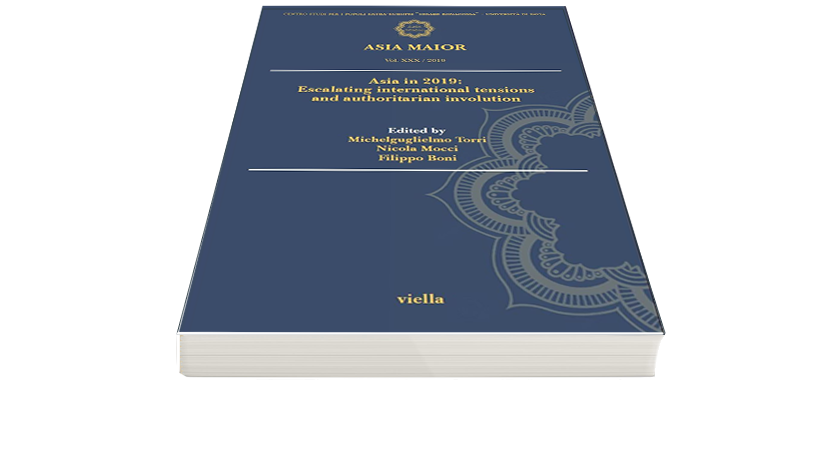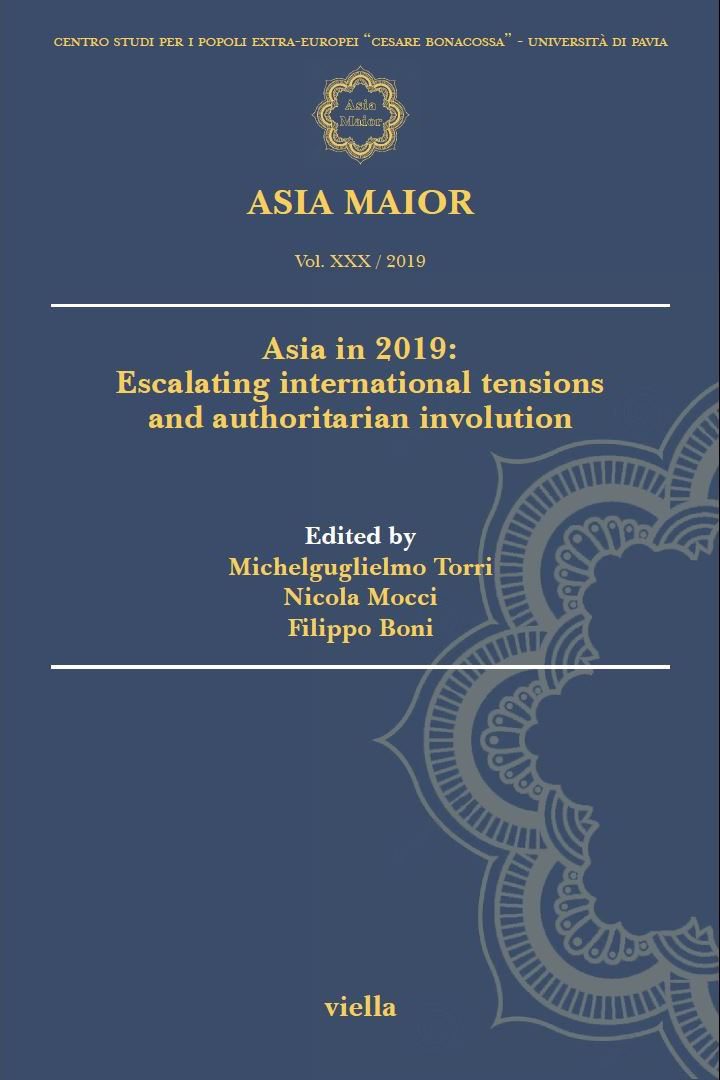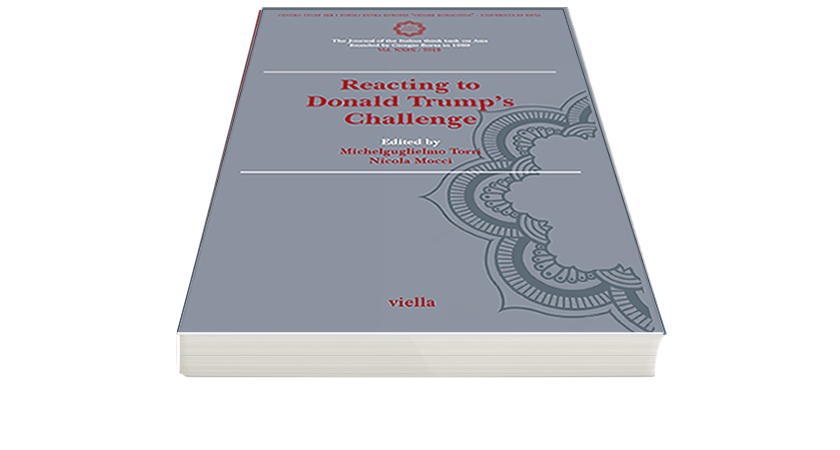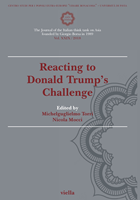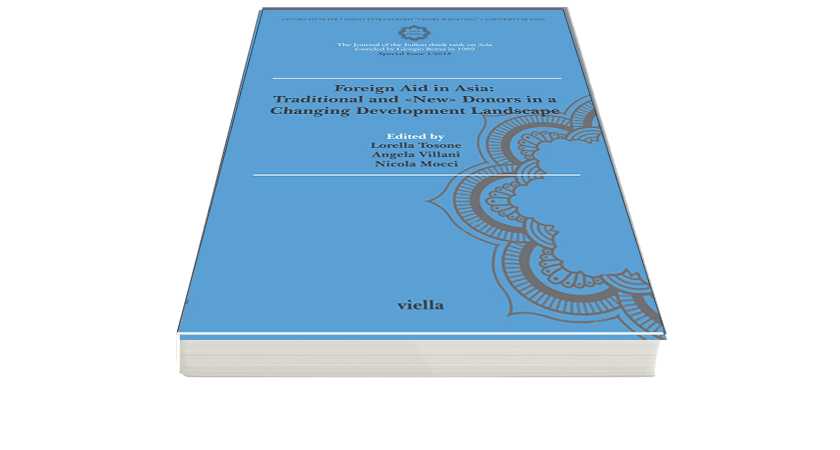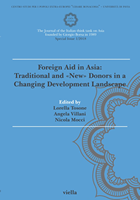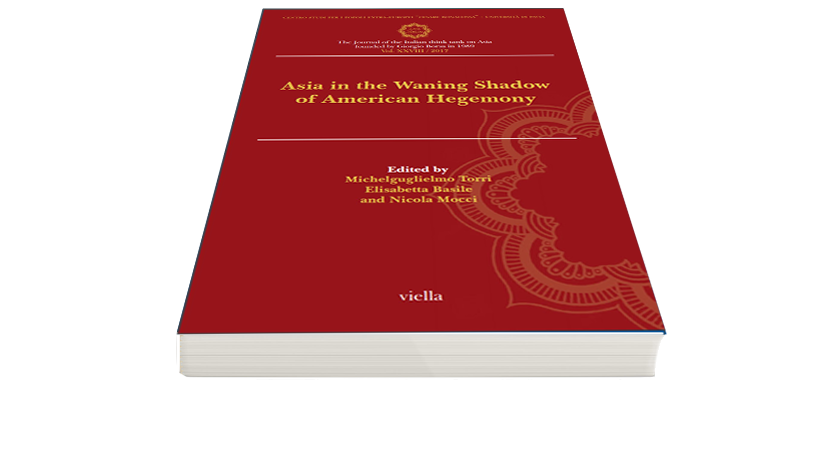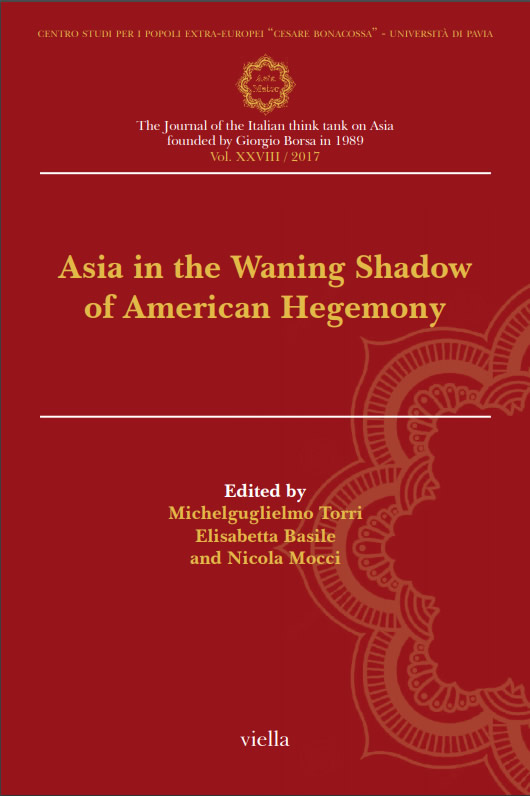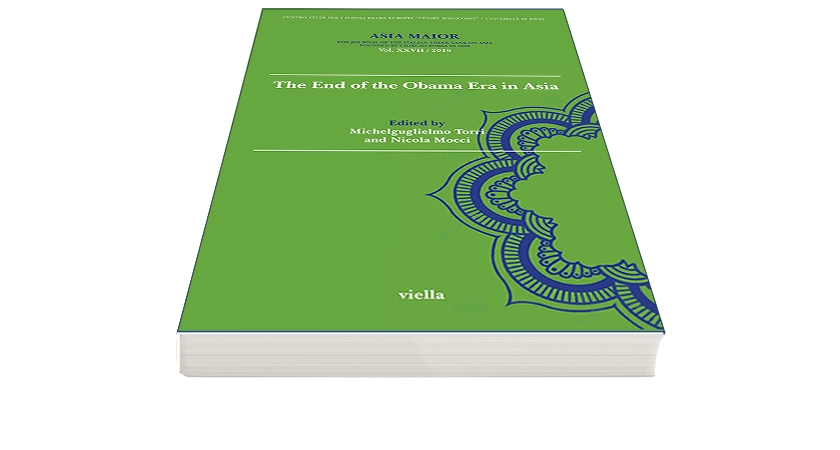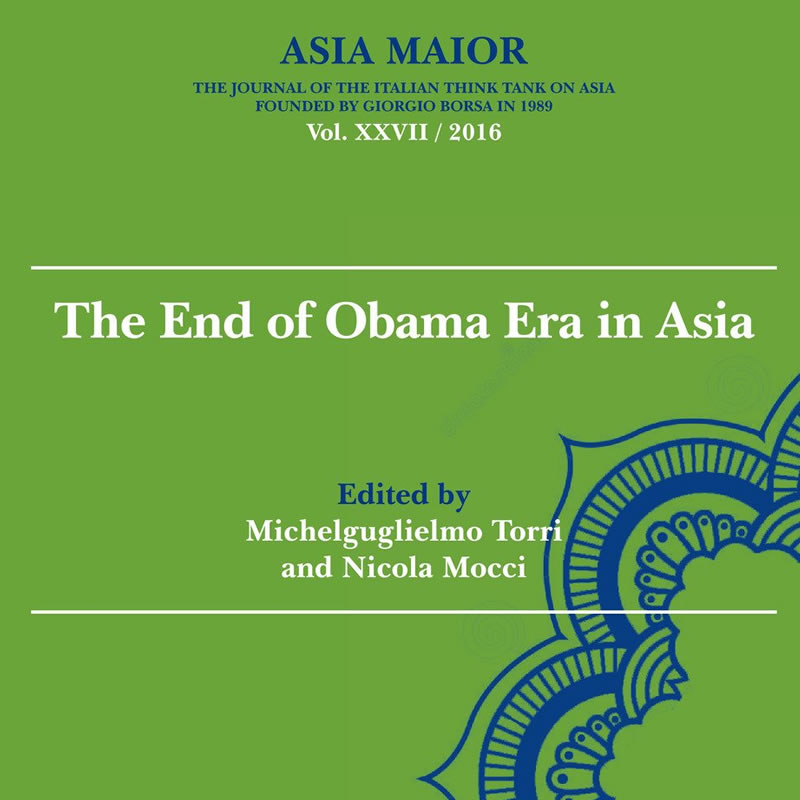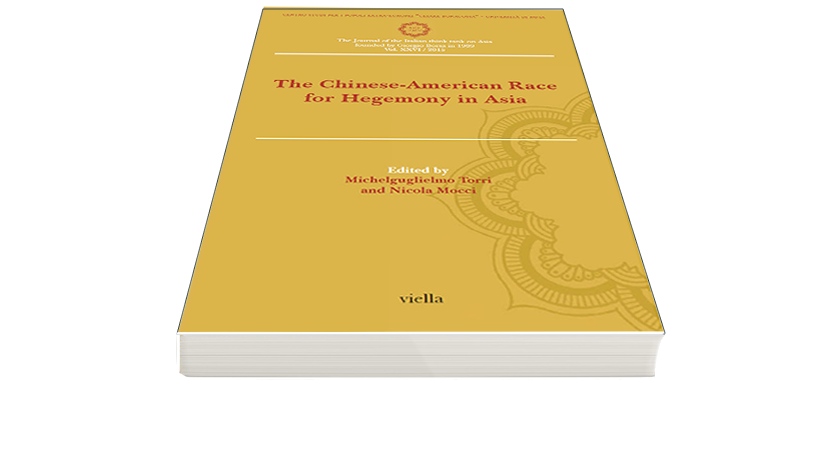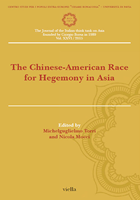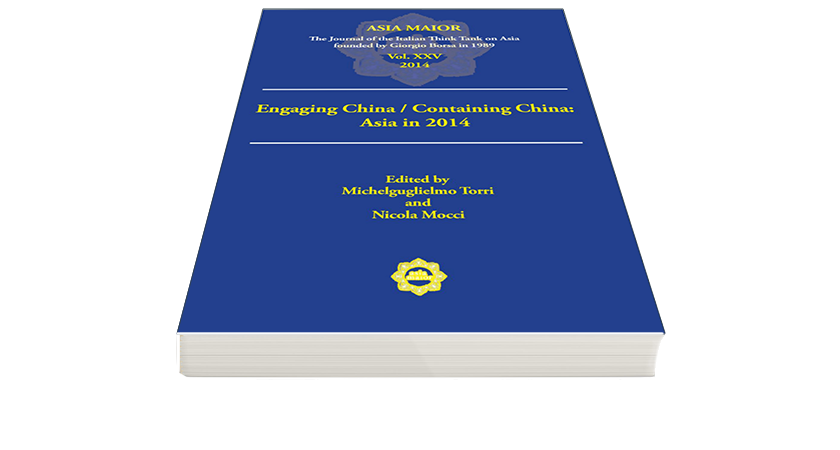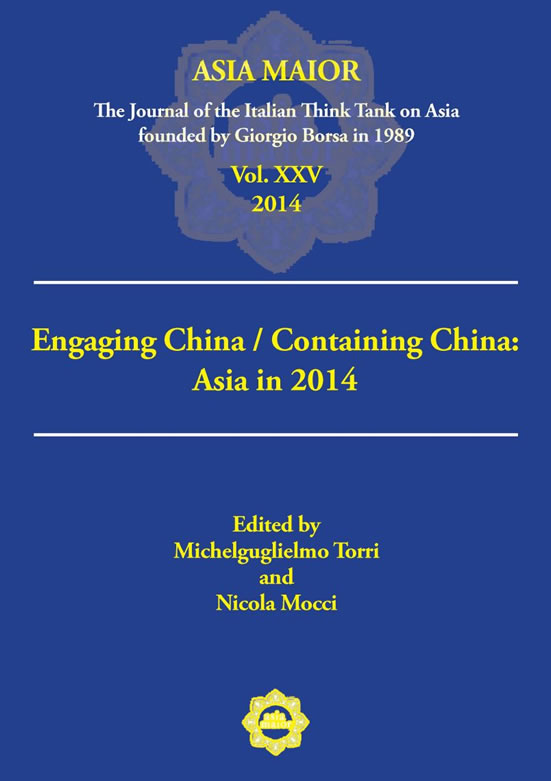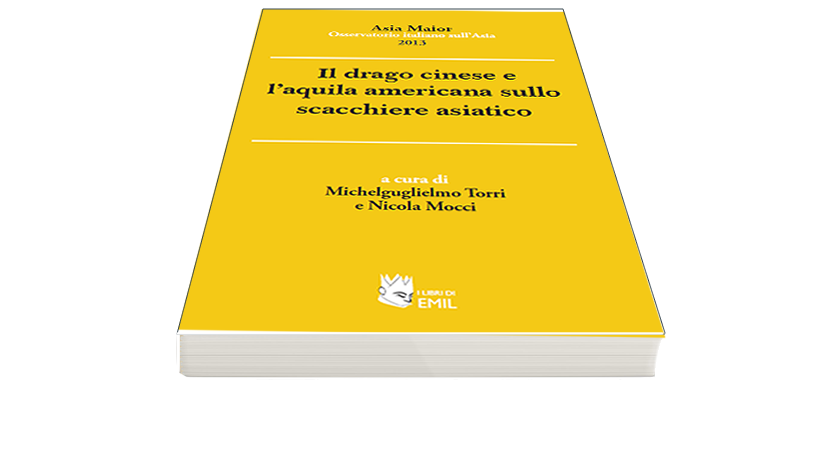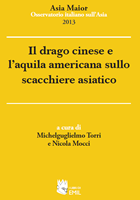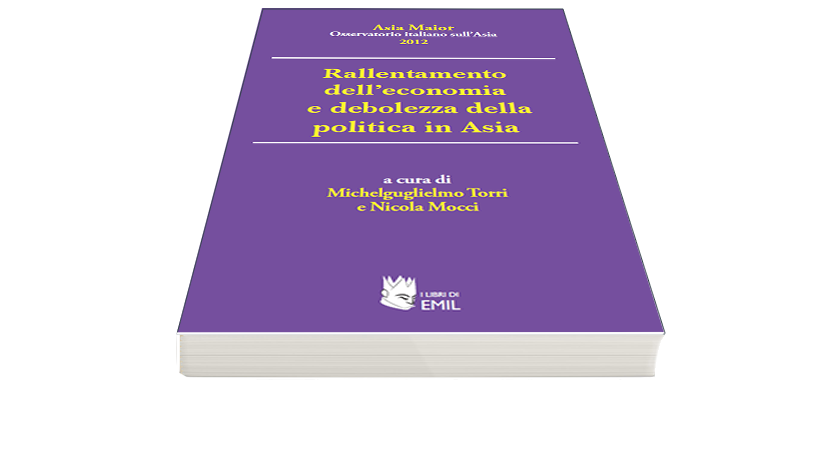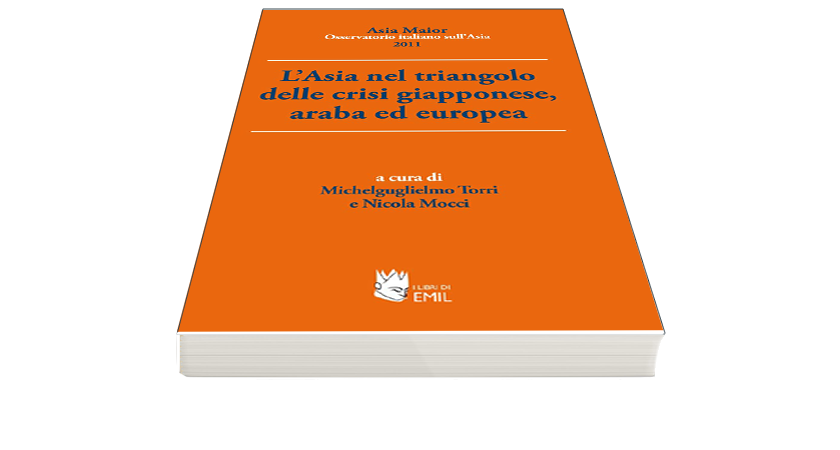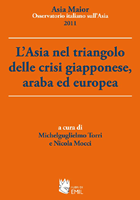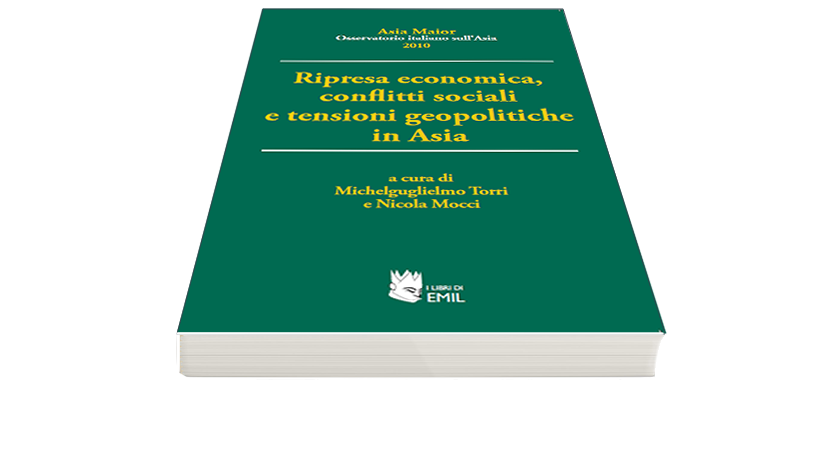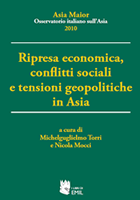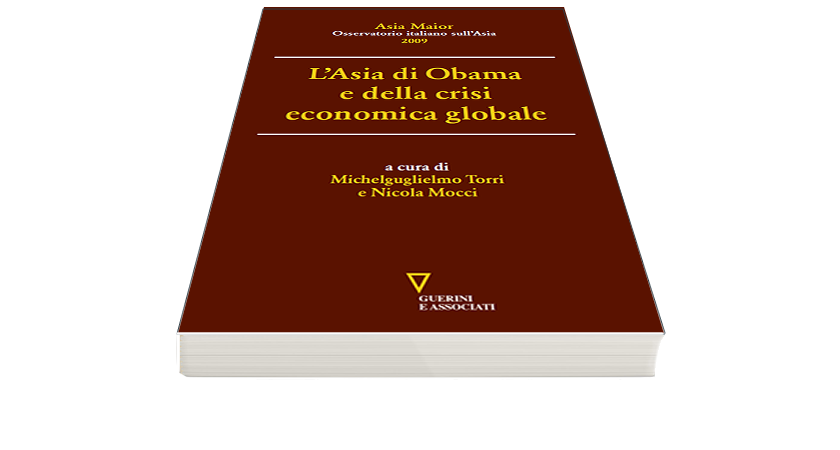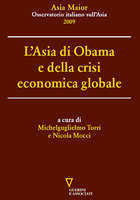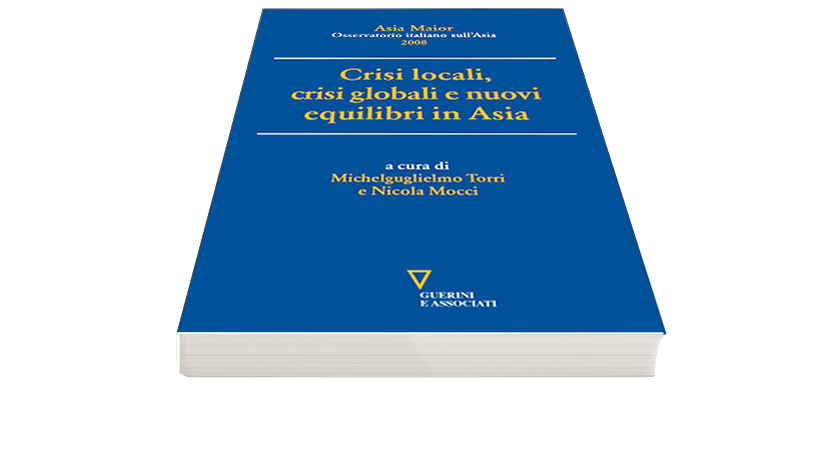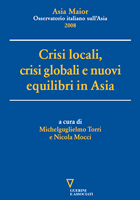The Confort Women of Singapore
Available also in pdf – Download Pdf
Kevin Blackburn, The Comfort Women of Singapore in History and Memory, Singapore: NUS Press, 2022, 208 pp. (ISBN 978-981-325-186-1).
Decades after Kim Hak-sun first delivered her public testimony detailing her enslavement as a ‘comfort woman’ during World War II, the legal fight to hold Japan accountable for war crimes and crimes against humanity continues. In April 2024, 18 families of late Chinese comfort women filed landmark lawsuits in Shanxi province against the Japanese government— the first such challenge in a Chinese court— seeking formal apologies and compensation.1 The enduring fight for justice and reparations for comfort women remains one of the most urgent historical and moral issues today and
necessitates persistent inquiry on Japan’s wartime atrocities. Kim’s powerful account in 1991 had opened the doors for many other former comfort women to speak out about their experiences, not just in South Korea, but also in the Southeast Asian countries of Malaysia, the Philippines, and Indonesia. Yet, similar testimonies have not been forthcoming in Singapore, which was a major centre of comfort stations that catered to rank-and-file Japanese soldiers and ryotei, or restaurants that offered sexual services to officers and administrators. Why is this so? Kevin Blackburn’s The Comfort Women of Singapore in History and Memory picks up on this silence as an entry point to address the lacuna in studies of the comfort women system in Singapore and explore the representation of comfort women in Singapore popular culture and collective memory. Drawing on studies done on comfort women originating from other parts of Asia that were occupied by Japan during the war, Blackburn highlights the transnational nature of the comfort women issue and points out similarities and differences between post-war Asian societies that could explain why Singapore comfort women had not come forward with their testimonies. Blackburn furthermore shows the interplay between state imperatives and state support for the comfort women’s pursuance of recognition and compensation. Blackburn examines the history of comfort women in Singapore during Japanese Occupation and discusses their silence and portrayal in the media with a sensitivity to gender.
Chapter 1, titled “Lee Kuan Yew and Masculinist Memories of the Comfort Women,” begins the book with an assessment of the responses in Singapore to the 1991 international controversy over comfort women. Particularly, Blackburn argues that Singapore founding Prime Minister Lee Kuan Yew’s 1992 keynote speech to an audience of Japanese businessmen, in which he mentioned that the “chastity” of young Singaporean girls had been “saved” by young Korean women and girls enslaved in the Cairnhill Road comfort station in Singapore, reflected ‘masculinist’ memories of comfort women in Singapore. In these memories, which were published in the press following Lee’s statement, ideas that men were entitled to sexual gratification with women’s bodies were tacitly accepted. Blackburn posits that Lee’s statement signalled that the government would be potentially unsympathetic to the comfort women’s cause which, in addition to press reports similarly suggesting that there were few of them, deterred local Singapore comfort women from coming forward with their experiences and demands for justice and compensation.
Chapter 2 examines “The Role of the Women of Singapore in the Sex Industry of the Japanese Military,” in which Blackburn focuses on the year 1942, when the Japanese military established the comfort women system in Singapore. Drawing extensively from oral interviews, Blackburn shows the various ways in which women became entrapped in the sex industry of the Japanese military. Some women were forcibly abducted, whereas others were tricked and trafficked by local brokers from their own community. Women also had differing experiences in the sex industry. Whereas some women were enslaved in comfort stations designated for rank-and-file Japanese soldiers, ‘low-grade’ geisha and Japanese women provided sexual services in ryotei restaurants reserved for military officers and high-ranking civilian administrators. Others, including many local women, worked in restaurants that also operated as brothels. The experience of Ho Kwai Min, a Cantonese ‘high-class’ prostitute, reveals the ways in which women resisted and sought agency while illuminating the endemic physical violence in the sex industry of the Japanese military.
Chapter 3 looks “Inside the Comfort Stations of Singapore” to investigate how they operated between 1943 and 1945, during which comfort stations proliferated in Singapore. Drawing from a range of sources, from testimonies, memories to written records of individuals who had been in comfort stations in Singapore, this chapter also examines the experiences of comfort women, specifically the ways in which they dealt with the working conditions of the comfort station. The conditions were appalling. Comfort women served long queues of Japanese soldiers in a “sex factory-like system”; it was not uncommon that the women were forced to have sex with 30-50 soldiers on “busy” days. When the few opportunities arose, comfort women asserted their agency. Blackburn posits that, while the sources suggest that the known comfort stations in Singapore were managed by private managers, the comfort women system was ultimately under the control of the Japanese military.
Chapter 4, focusing on “Korean and Indonesian Comfort Women in Singapore,” explores the origins of the comfort women and compares how they were brought to Singapore. Blackburn contends that the methods used in the recruitment of Korean and Indonesian women as comfort women and their working conditions were not dissimilar. Deception was a key strategy. The recruitment of these women through Korean and Indonesian co-operation offers striking parallels. While Indonesian women were pressured by their parents to accept deceptive offers to further their education or for employment such as nursing, similar promises made to Korean women saw them being trafficked via well-established networks in Korea to various parts of Asia under Japanese Occupation to work in comfort stations. Though most of the comfort women in Singapore were Korean, it appears that Indonesian women formed the second largest group, who comprised entirely of the women in the comfort stations at Katong and the offshore island Pulau Bukom. The experiences of Korean and Indonesian comfort women in Singapore corroborate studies conducted on other contexts that there were numerous ways in which comfort women were recruited and differing conditions in which they worked.
Chapter 5, titled “The Comfort Women Returning to Live in Postwar Society,” investigates the postwar circumstances that discouraged women involved in the sex industry of the Japanese military in Singapore to speak to their families about their experiences or to return to their communities where they faced stigmatisation. Indonesian, Korean, and Singapore women returned to their respective societies that were unsympathetic to their wartime experiences. In Singapore, the returning British colonial authorities and community leaders were particularly perturbed by the large numbers of Singapore women who were driven to prostitution during the Occupation and continued doing so as livelihood after the war. Marked as ‘fallen’ women, these women were portrayed by their critics as a moral-corrupting influence on men and as vectors of venereal diseases. A Girls’ Training School was established along the lines of ‘rehabilitation’ to offer vocational education to these women so that they could obtain alternative employment or marry and establish their own households. By the 1950s, little was discussed about Singapore women who had been in the wartime sex industry. Blackburn posits that it was highly probable that these women decided to remain silent about their experiences so that they could reintegrate into society rather than remain stigmatised. He furthermore contends that the early postwar discourse on women engaged in the sex industry exemplifies the perpetuation and reinforcement of women’s subordinate status in society via “male-controlled language.”
Chapter 6 explores “The Silence of the Local Comfort Women of Singapore” in the context of state effort in the 1990s to incorporate wartime experiences of the local population into a “narrative of national survival.” The English, Malay, and Chinese presses sought to no avail former comfort women to speak out about their experiences because of their potential stigma and loss of social status, the conservative patriarchal nature of Singapore society, and the absence of local feminist activist organisations that had enabled comfort women to publicly testify about their experiences in other countries. Blackburn suggests that the presses’ failure in securing stories of Singapore comfort women can be explained by Ho Kwai Min’s interview in a Chinese documentary about prewar female entertainer-prostitutes that catered to wealthy men. After the documentary aired, Ho experienced ostracization and scorn from her social circles. Another reason why Singapore comfort women did not demand compensation while many in other countries were doing so was the lack of financial incentive. Arguably, the compensation the women could have hoped to receive would not have been worth the social cost of being marked as ‘fallen’ women. Other reasons include the ambiguity of the ways in which women were engaged in the wartime sex industry that could cast aspersions on them as well as the lingering memories of early postwar disapprobation on women in prostitution.
Chapter 7 explores the remembrance of “The Comfort Women of Singapore as ‘Dark Heritage’.” Comfort women had been depicted in numerous plays and television dramas in Singapore, be it as a main character or supporting cast, contributing to an awareness of the transnational nature and diversity of women’s sexual enslavement by the Japanese military in Singapore. State recognition of the wartime atrocities experienced by comfort women came in the limited form of conservation of a site that had served as a comfort station. The conclusion situates the study of comfort women in Singapore in broader, ongoing debates about comfort women in East Asia and points out the ethical obligations of scholars writing about trauma.
In conclusion, The Comfort Women of Singapore in History and Memory makes for a sobering read. It is a tall order to write a book about silence. Blackburn’s effort to investigate the history of comfort women of Singapore despite the paucity of testimonies from Singapore comfort women is admirable. For anyone who desires to understand the ways in which public memory of war is shaped by history, society, and politics, this book is an essential read.
1. Alyssa Chen, “Families of China’s WWII ‘Comfort Women’ Seek Japanese Compensation, Apologies in Landmark Lawsuits,” South China Morning Post, May 2, 2024, https://www.scmp.com/news/china/diplomacy/article/3260963/families-chinas-wwii-comfort-women-seek-japanese-compensation-apologies-landmark-lawsuits.
Asia Maior, XXXV / 2024
© Viella s.r.l. & Associazione Asia Maior
ISSN 2385-2526

